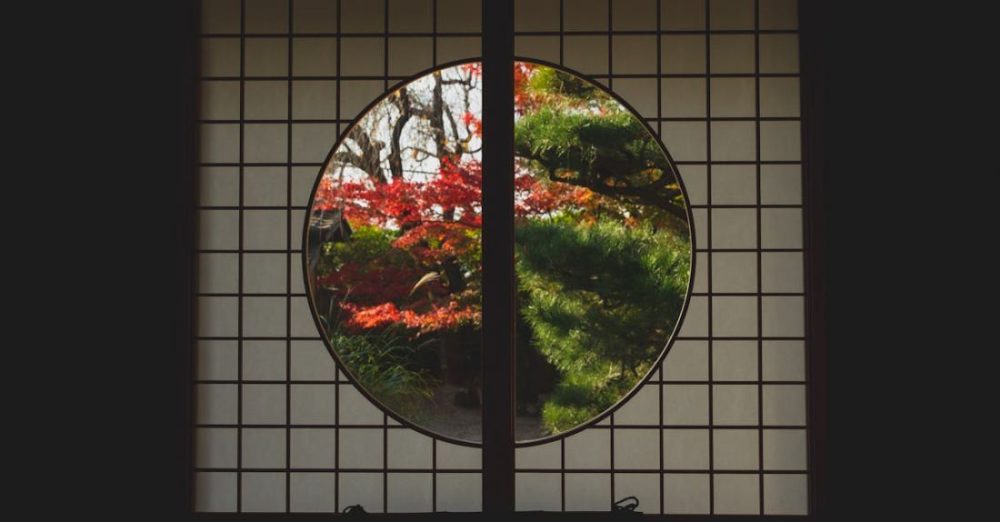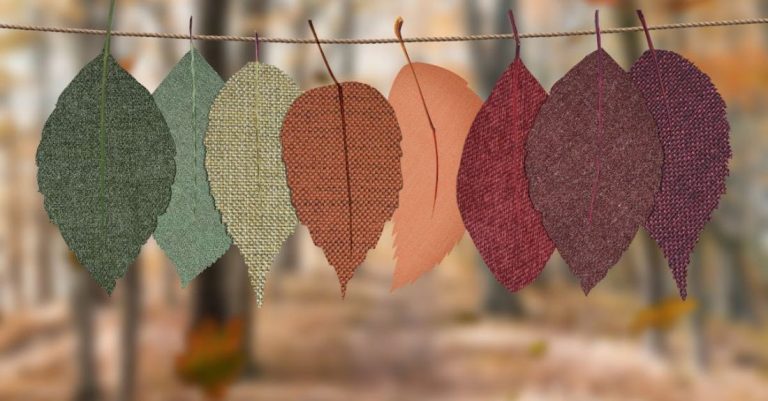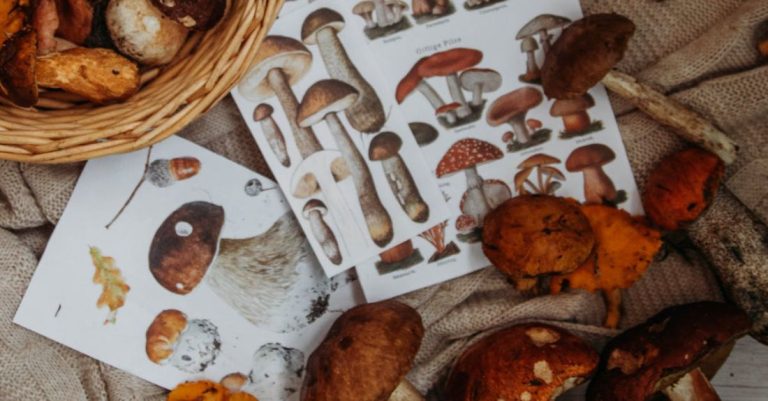
Creating and maintaining a year-round garden can be a rewarding and fulfilling experience for any gardening enthusiast. With careful planning and strategic plant selection, it is possible to enjoy a vibrant and flourishing garden throughout all seasons. By incorporating a variety of plants that bloom at different times of the year, you can ensure that your garden remains visually appealing and full of life no matter the season. Here are some essential tips on how to plan a year-round garden that will provide beauty and enjoyment throughout the year.
Choose a Diverse Range of Plants
One of the key factors in planning a year-round garden is selecting a diverse range of plants that will bloom and thrive at different times of the year. By choosing plants with varying flowering periods, you can ensure that your garden remains in bloom throughout all seasons. Consider incorporating a mix of annuals, perennials, bulbs, shrubs, and trees in your garden to create a dynamic and visually appealing landscape. Research the blooming seasons of different plants and plan your garden layout accordingly to achieve a continuous display of colors and textures.
Create a Planting Calendar
To maintain a year-round garden, it is important to create a planting calendar that outlines when each plant should be sown or transplanted. By organizing your planting schedule according to the blooming seasons of different plants, you can ensure that your garden remains in bloom throughout the year. Consider factors such as the climate in your region, soil conditions, and the sunlight requirements of each plant when creating your planting calendar. Be sure to stagger the planting times of different species to ensure a continuous display of flowers and foliage in your garden.
Utilize Seasonal Interest Plants
Incorporating plants that offer interest beyond just flowers, such as those with striking foliage or attractive bark, can add visual appeal to your garden during the off-seasons. Plants like ornamental grasses, evergreen shrubs, and trees with colorful bark can provide structure and texture to your garden even when flowers are not in bloom. Consider adding plants with interesting shapes, textures, and colors to create a visually engaging landscape that will remain appealing throughout the year.
Plan for Year-Round Maintenance
Maintaining a year-round garden requires ongoing care and attention throughout all seasons. Be sure to include regular tasks such as watering, fertilizing, pruning, and weeding in your garden maintenance schedule. Consider the specific needs of each plant in your garden and tailor your maintenance routine accordingly. Keep track of the blooming times and growth patterns of different plants to ensure that they receive the care they need at the right times. By staying on top of garden maintenance tasks, you can help your plants thrive and ensure a beautiful and healthy garden year-round.
Design for All Seasons
When planning your garden layout, consider how it will look and function during all seasons. Create focal points and visual interest throughout the garden by incorporating elements such as pathways, garden structures, seating areas, and decorative features. Design your garden to provide year-round appeal by including plants that offer seasonal interest, such as winter-blooming flowers, fall foliage, or spring bulbs. By designing a garden that is visually appealing and functional in all seasons, you can create a space that you can enjoy year-round.
Conclusion:
Planning a year-round garden requires careful consideration of plant selection, planting schedules, maintenance routines, and garden design. By choosing a diverse range of plants, creating a planting calendar, utilizing seasonal interest plants, planning for year-round maintenance, and designing for all seasons, you can create a vibrant and flourishing garden that provides beauty and enjoyment throughout the year. With thoughtful planning and attention to detail, you can cultivate a garden that is a source of joy and inspiration in every season.





